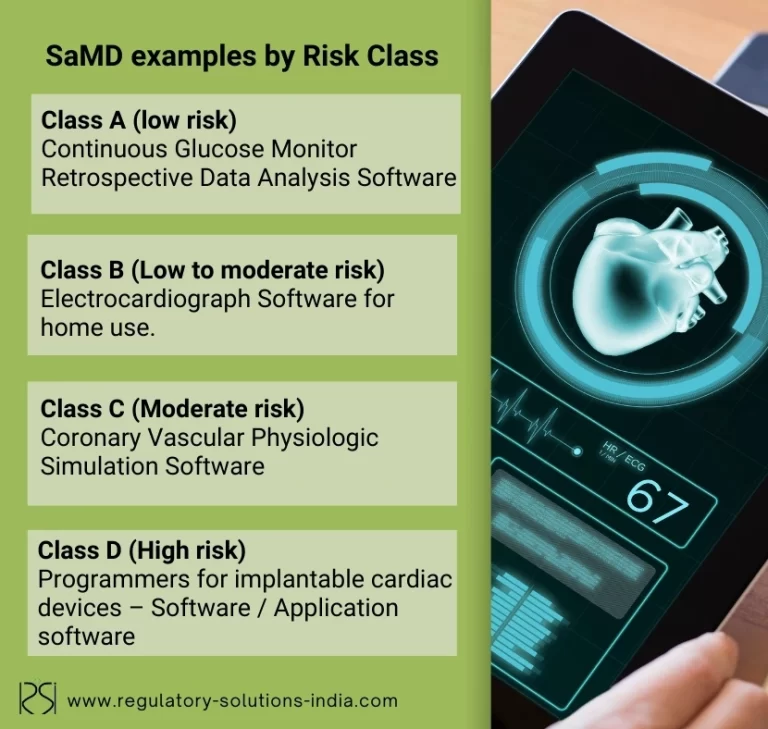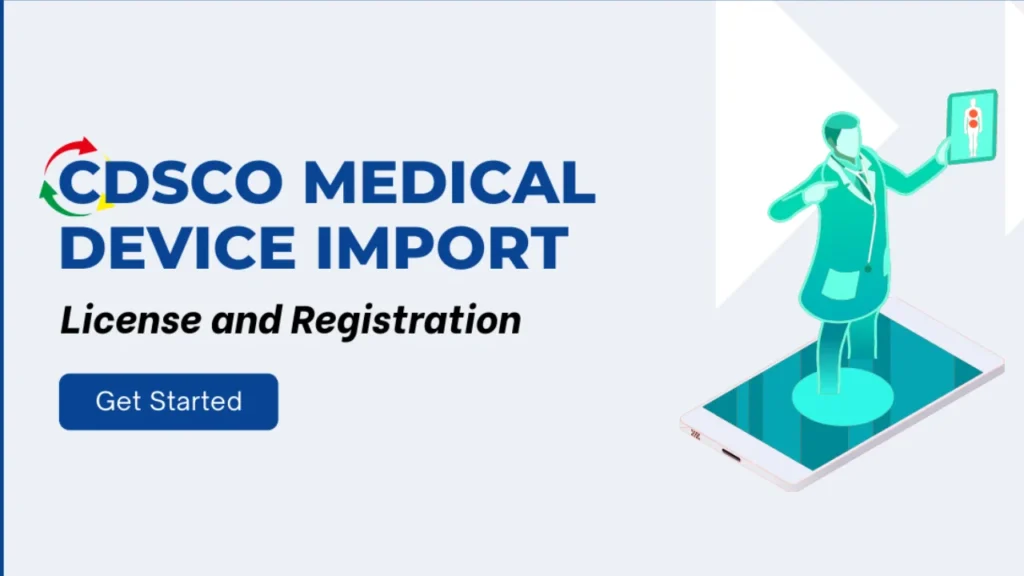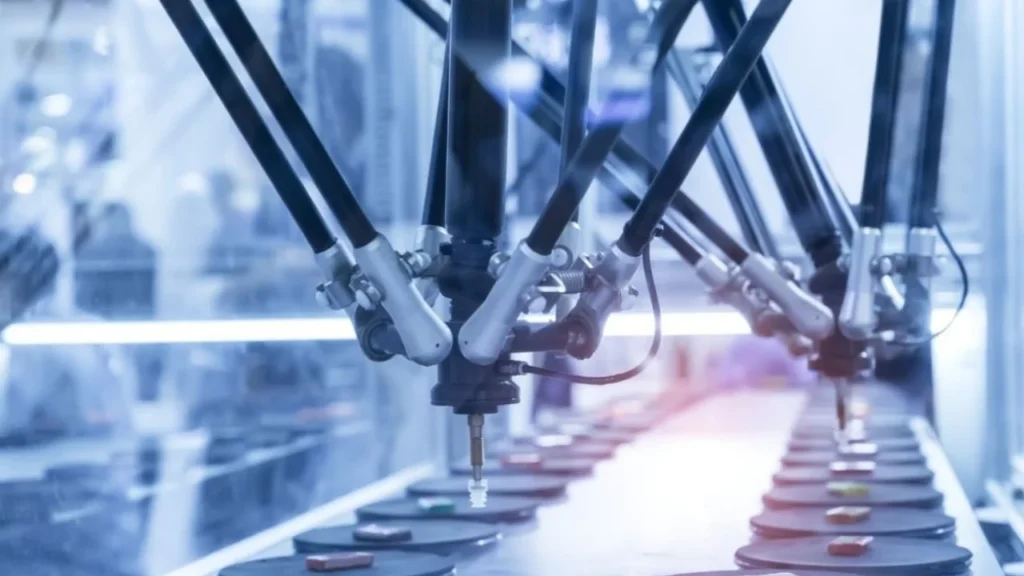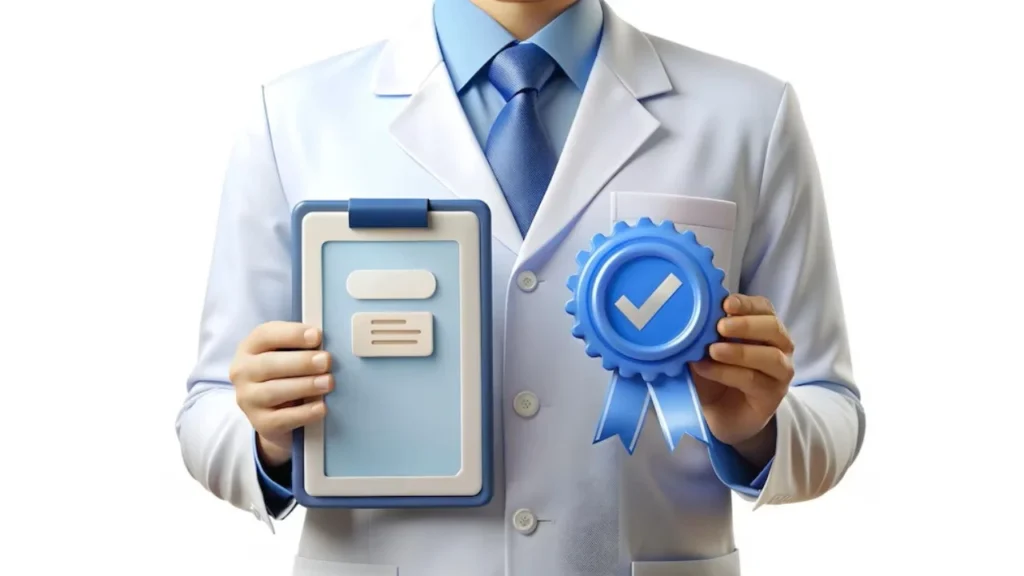With rapid technological advancements, the healthcare industry is evolving at an unprecedented pace. As a result, a wide range of advanced medical devices, equipped with software as a critical component, are increasingly being used. Software empowers healthcare professionals not only to deliver more precise diagnoses but also to provide personalized treatments, ultimately leading to more effective patient care. From advanced imaging systems and robotic surgery platforms to sophisticated patient monitoring tools, Software as a Medical Device has become deeply embedded in the fabric of modern healthcare.
Recognizing this shift, the Central Drugs Standard Control Organization (CDSCO) issued a notification (S.O. 648(E)) on February 11, 2020, which included software in the list of medical devices regulated under the Drugs and Cosmetics Act, 1940.
To gain a deeper understanding of Software as a Medical Device and its regulatory requirements, continue reading.
What is Software as a Medical Device (SaMD)?
According to the International Medical Device Regulators Forum (IMDRF) the term “Software as a Medical Device” is defined as “software intended to be used for one or more medical purposes that perform these purposes without being part of a hardware medical device.”
Important Notes on SaMD Definition
- SaMD is a medical device and includes in-vitro diagnostic (IVD) medical device.
- SaMD can run on general-purpose (non-medical) computing platforms.
- “Without being part of” means software is not necessary for a hardware medical device to achieve its intended medical purpose.
- Software does not meet the definition of SaMD if its intended purpose is to drive the hardware of a medical device (i.e. an embedded software).
- SaMD may be used in combination (e.g., as a module) with other products including medical devices.
- SaMD may be interfaced with other medical devices, including hardware medical devices and other SaMD software, as well as general purpose software.
- Mobile apps that meet the definition above are considered SaMD.
How SaMD Differs from Other Medical Software?
Software as a Medical Device (SaMD) stands apart from other medical software by functioning independently of any specific hardware device. While embedded medical software is designed to work within and alongside dedicated medical equipment, SaMD runs on general-purpose platforms such as computers, tablets, or smartphones. This separation from hardware gives SaMD greater flexibility, broader applicability, and easier integration into various healthcare settings.
Examples of SaMD by Risk Class in India
Based on the medical devices risk classification list issued by CDSCO from time to time, the following are some examples of SaMD by risk class:
- Class A – Low risk. For example, software used for retrospective data analysis from continuous glucose monitors. It is designed to review and correlate historical glucose data to identify trends and patterns, without influencing real-time clinical decisions.
- Class B – Low to moderate risk. For example, software that creates, analyzes, and displays electrocardiograph (ECG) data, and provides information to assist in identifying cardiac arrhythmias, intended for home use.
- Class C – Moderate risk. For example, A coronary vascular physiologic simulation software device is intended to aid in the identification of functionally significant cardiovascular disease by performing offline analysis of pre-existing imaging data to simulate blood flow in the coronary vasculature.
- Class D – High Risk. For example, Programmers for implantable cardiac devices – Software / Application software. The software is intended to provide information which is used to make decisions with diagnostic or therapeutic devices.
Additionally, it is important to note that as per clause (iii) of Part I of First Schedule of Medical Devices Rules 2017, Software, which drives or influences the use of a device, will fall automatically in the same risk class as the device.
Why are SaMDs regulated?
SaMDs are regulated to ensure they are safe, effective, and reliable for public use. Like any other medical device, regulating SaMDs helps maintain quality standards. Without proper regulation, they can pose serious risks if they malfunction or provide inaccurate results.
How to Determine if Your Product Qualifies as SaMD
To determine whether your product qualifies as SaMD, ask yourself: “Does my software have a specific medical purpose?” and “Can it fulfill that purpose independently, without being an integral part of a medical hardware device?” If you answer “yes” to both questions, your product is likely considered SaMD. If you’re still unsure, it’s advisable to seek expert regulatory advice.
What are the benefits of having a regulatory-compliant SaMD in India?
There are several benefits of having a regulatory-compliant SaMD, major ones are as follows:
- It grants access to Indian market.
- It reassures users that software is trustworthy and safe to use.
- It gives a competitive edge in the crowded market.
How Regulatory Solutions India Can Help You?
Regulatory Solutions India (RSI), established in 2011, offers comprehensive regulatory support for Software as a Medical Device (SaMD). We help clients navigate the evolving CDSCO regulatory framework to ensure the smooth registration, compliance, and market entry of SaMD products in India.
Our services cover the preparation and submission of all required documentation in line with CDSCO guidelines, ensuring your SaMD solutions meet all necessary regulatory standards.
With in-depth knowledge of India’s digital health regulations, RSI is your trusted partner for successful SaMD registration and commercialization. Contact us to learn more.





